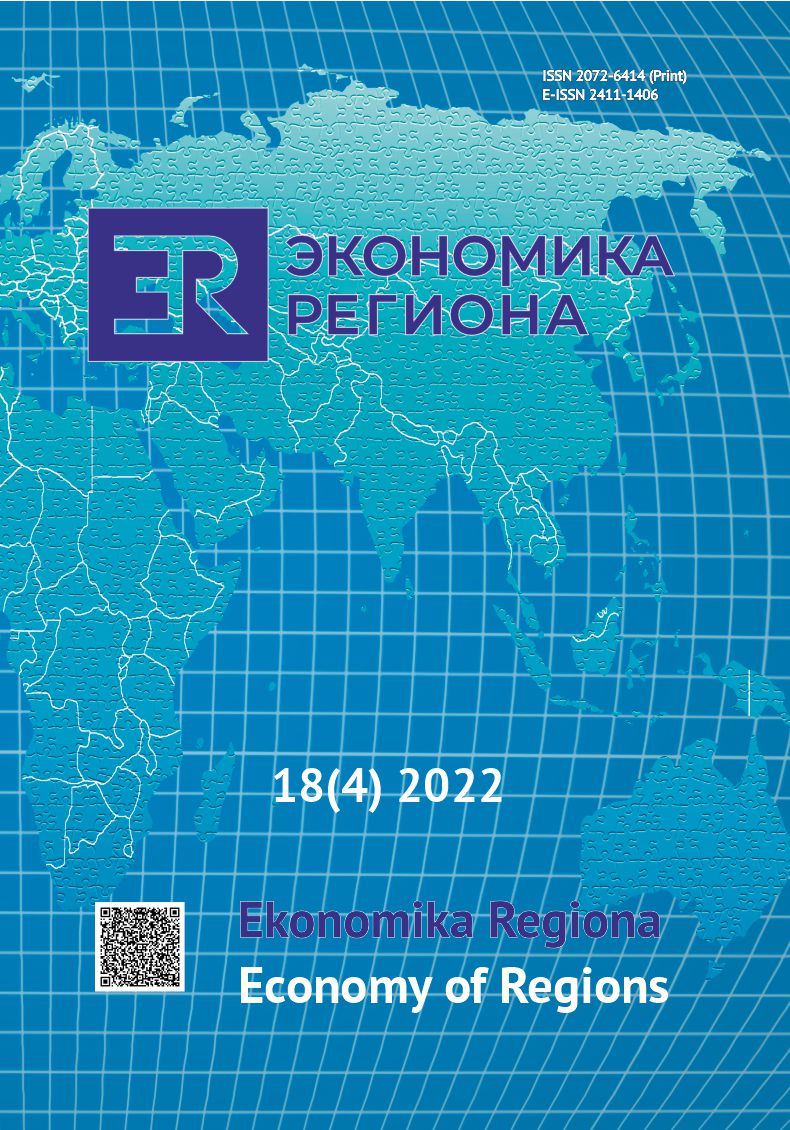University and Regional Landscape of Doctoral Studies in Russia: Financial Trajectories of Graduate Students
DOI:
https://doi.org/10.17059/ekon.reg.2022-4-9Keywords:
doctoral studies, human resources, financial resources, financial trajectories, well-being of graduate students, research universities, regional human capitalAbstract
Training of graduate students plays a key role in ensuring a country’s sustainable socio-economic development and enhancement of human capital by continuous reproduction of cutting-edge knowledge in the form of research and development (R&D) for industry. In this context, it becomes important to examine the development dynamics of doctoral studies in Russian regions, as well as the graduate students’ financial well-being affecting their educational mobility and general opportunities to receive education (in particular, necessity of employment). The study considers the concentration of resources (financial, intellectual) in Russian universities capable of generating breakthrough ideas and technologies, which can be seen as centres of attraction for proactive youth. We analysed the data from the monitoring of the effectiveness of Russian universities in 2014-2020 and sociological surveys of graduate students of a leading Russian university for 2017-2020 were analysed. As a result, we demonstrate a map showing the concentration of graduate students in certain regions, which takes into consideration their number, inflow and outflow. In addition to the capital regions (their share is 47.9 %), the Republic of Tatarstan (3.2 %), Tomsk oblast (2.4 %) and Sverdlovsk oblast (2.1 %), where leading Russian universities are located, were revealed to be the centres for attraction of graduate students. The top 7 regions include Belgorod (the share of graduate students is 2.7 %) and Rostov oblasts (2.4 %) characterised by the presence of strong research and federal universities. However, due to the lack of funding, the outflow to foreign universities is increasing even in the regions that attract a large number of scholars. These findings can be used to improve the mechanisms for supporting graduate students in order to contribute to sustainable development of regions.





